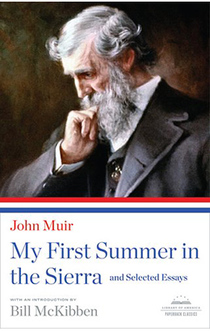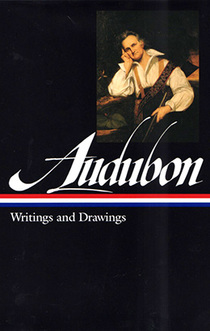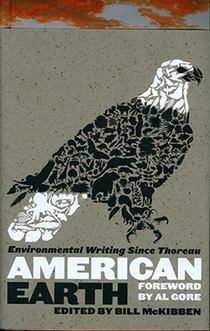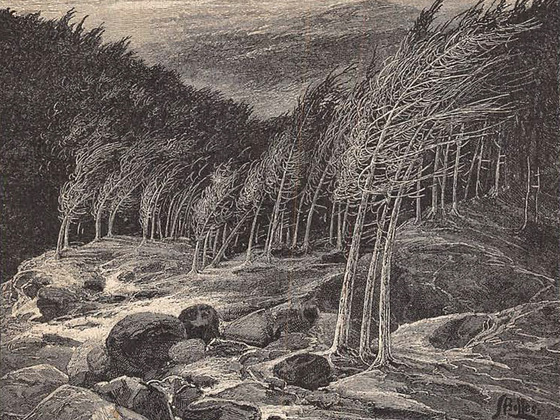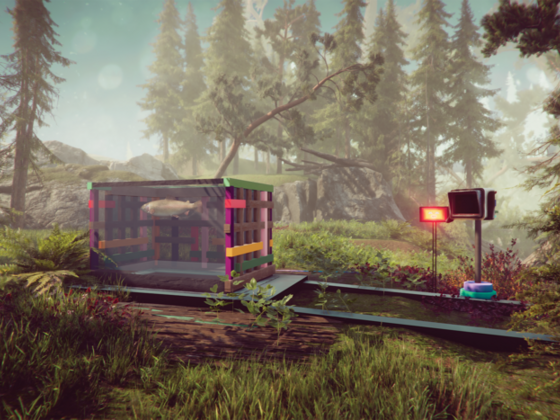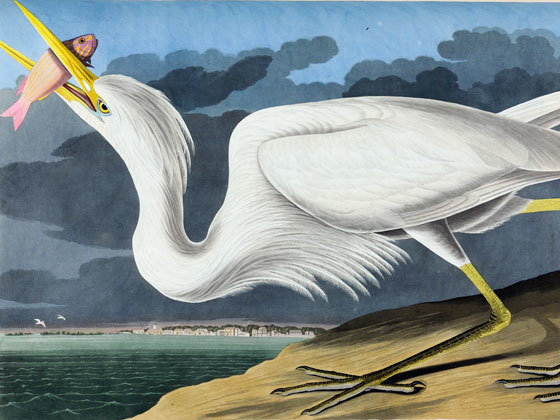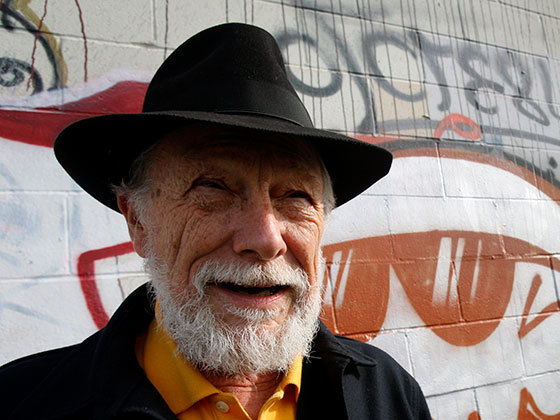Nature & Environmental Writing
Henry David Thoreau (1817–1862)
From Henry David Thoreau: Collected Essays & Poems
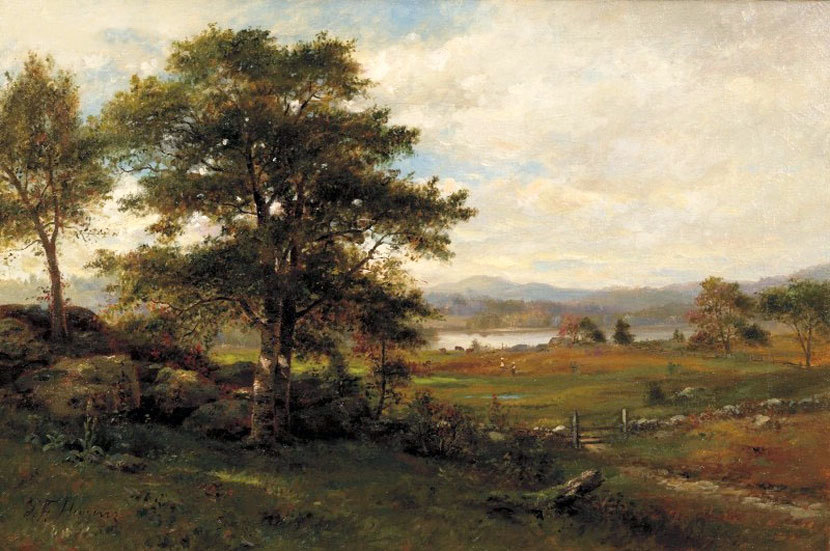
Today, Wednesday, July 12, marks the bicentennial of the birth of Henry David Thoreau.
175 years ago this month, and twelve years before he published his famous book Walden, Thoreau went on a four-day excursion with Richard Fuller (the younger brother of the editor and critic Margaret Fuller). Setting out from Concord, where Thoreau was living with Ralph Waldo Emerson’s family as the household handyman, the two young men traveled fifty miles round trip with the summit of Mount Wachusett as their goal. Although it is barely 2,000 feet above sea level, Wachusett is one of the highest mountains in Massachusetts and offers hikers a splendid view of the surrounding area.
When Thoreau returned to Concord, he drafted “A Walk to Wachusett,” and it was published early the next year. It was (to use Robert D. Richardson’s phrase) “the first fully characteristic Thoreauvian excursion,” combining travel essay, nature writing, and personal reflection. In celebration of the bicentennial, we present it as our Story of the Week selection.


